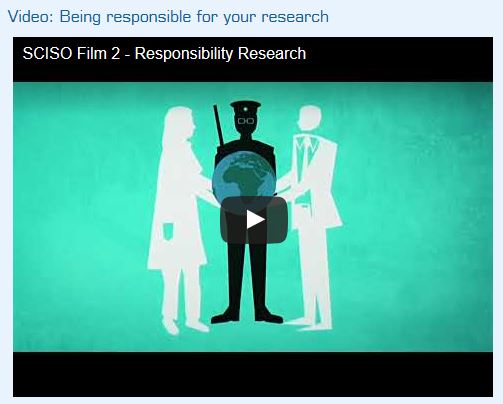During the “Improving Trust through Communication” session of the 2021 AGM and International Conference “Trust in Science“, Lisa Herzog (University of Groningen) unveiled “Science with Society” – the SCISO Project.
The SCISO Project wants…
… to raise awareness among (young) scientists about the role of science in society, science ethics, and science communication as a way of building trust in science. It provides insights not only about how trust in science can be built and what some of the challenges for trustworthiness, but also about practical tools of science communication. The project will produce a series of short, accessible videos on topics such as scientific integrity, the role of values in science, the relation of scientific knowledge to other forms of knowledge, and principles of science communication.
The SCISO Project is …
… a collaboration between the Global Young Academy’s Working Group “Trust in (Young) Scientsts” and the German National Institute for Science Communication (NaWik), funded by the VW Foundation. Because of the Corona pandemic, not all videos are ready for the 2021 AGM, but a first set of videos is ready for you to watch here.
Watch the videos…
Video: Being responsible for your research
Find subtitles and references on this page: Science with Society – The SCISO Project – Global Young Academy
